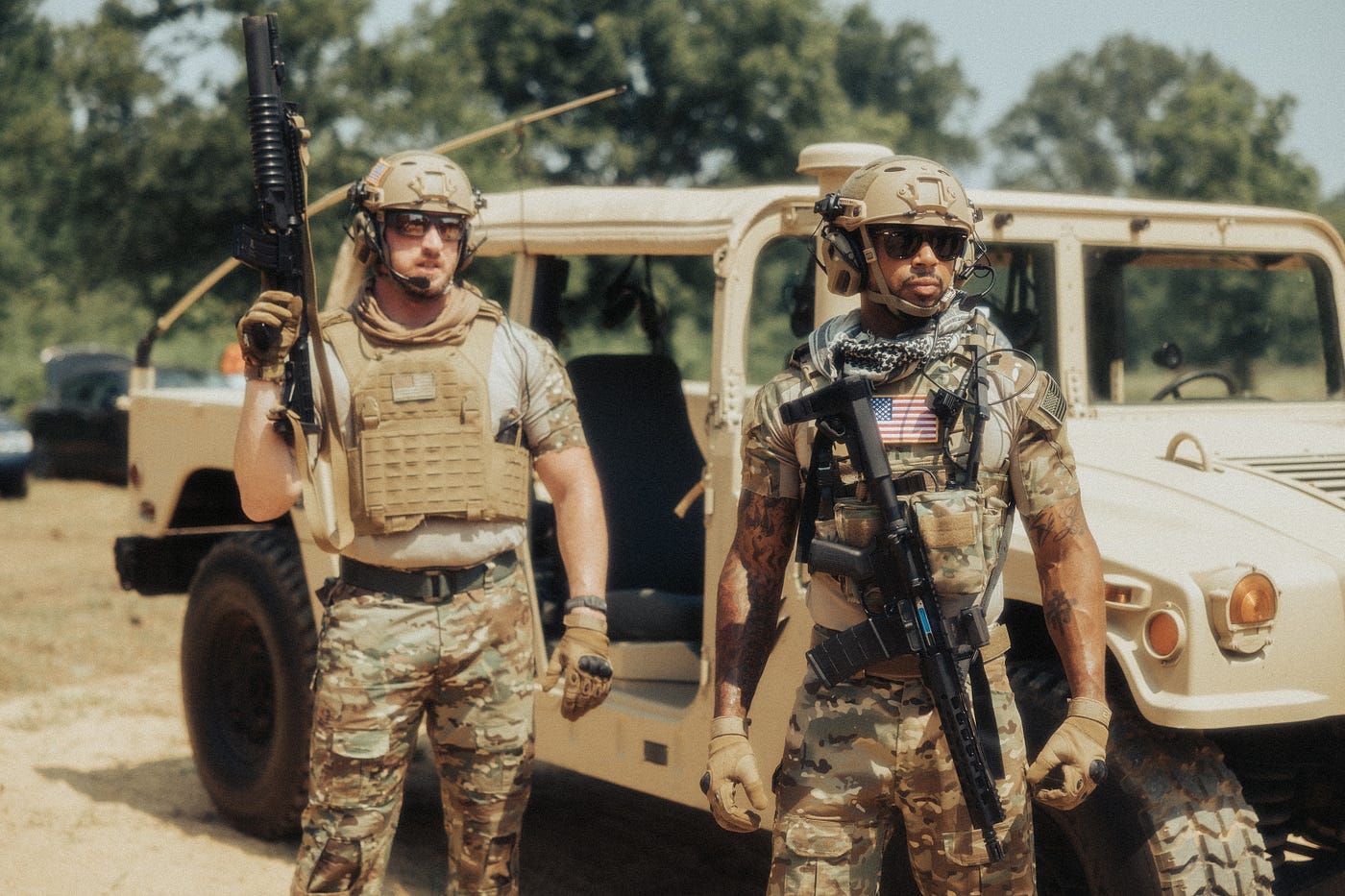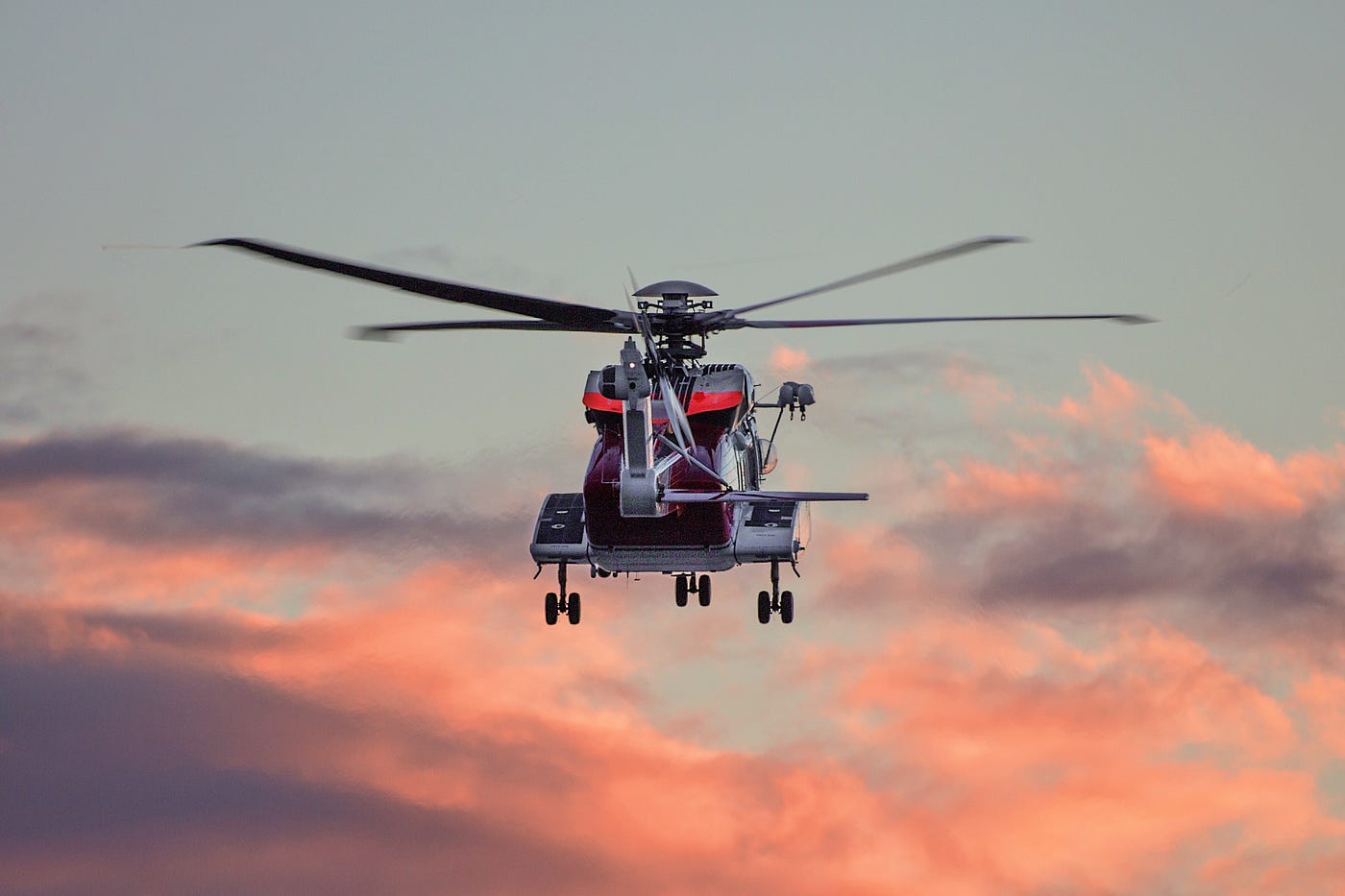What are Real-Time Situational Awareness Control Systems?

A Little Backstory
My husband and I like driving around on weekends and exploring new coffee shops. On one such day, while exploring the many streets of Washington, D.C., I spotted a company named Raytheon Technologies. It’s a huge building and obviously demands attention.
To those (like me) who have not heard this name before, Raytheon Technologies builds solutions for advanced aviation, space tech, and military operations.
Wow right?
My eyes also lit up, and I quickly searched their career page. A few openings were exciting and did match my profile, but I was not eligible to apply 😢
Why?
Companies like Raytheon that operate in space and the military domain require their candidates to have high clearance, which is only provided to Citizens, and I’m on a visa.
There is no point crying over things one can’t change, so I did what I could and browsed their complete website to read about all the exciting projects they are working on and, for the first time, came across this term — “real-time situational awareness command and control system.”
Intrigued and curious to know more, I decided to learn more about this topic, resulting in this article.
What is a real-time situational awareness command and control system?
Real-time situational awareness (SA) system is a type of technology used to collect, process, and disseminate real-time information about a specific situation.
This system provides real-time information about events, incidents, and activities that are taking place, allowing users to make informed decisions based on the most up-to-date information available.
The real-time SA system is typically used in mission-critical environments, such as military operations, emergency response situations, and industrial facilities.
The system can integrate data from multiple sources, such as sensors, cameras, and other surveillance devices, to provide a comprehensive view of the situation.
Real-time SA systems use advanced analytics and artificial intelligence algorithms to process large volumes of data quickly and accurately. The system can identify patterns, anomalies, and trends in the data, allowing users to detect potential threats or hazards before they become critical. The system can also provide alerts and notifications to key personnel, enabling them to respond quickly and effectively to changing situations.
Overall, real-time SA systems can improve situational awareness, enhance decision-making capabilities, and help save lives and protect critical assets.
What systems are available today?
Some examples of real-time situational awareness systems used in different domains are:
Military systems:

Real-time situational awareness is critical in military operations. Examples of real-time situational awareness systems used in military operations include the Joint Battle Command-Platform (JBC-P) system used by the US Army, the Tactical Airborne Reconnaissance System (TARS) used by the US Air Force, and the Shipboard Information Exploitation (SHINEX) system used by the US Navy.
Emergency management systems:

Real-time situational awareness systems are also used in emergency management to help first responders make informed decisions. Examples of such systems include the Emergency Operations Center (EOC) system used by the Federal Emergency Management Agency (FEMA) and the Integrated Public Alert and Warning System (IPAWS) used by the US government to issue emergency alerts.
Industrial systems:

Real-time situational awareness systems are used in industrial settings to monitor and control critical processes. Examples of such systems include the Supervisory Control and Data Acquisition (SCADA) system used in the oil and gas industry, the Distributed Control System (DCS) used in power plants, and the Building Automation System (BAS) used in commercial buildings.
Transportation systems:

Real-time situational awareness systems are also used in transportation systems to monitor traffic flow, detect accidents, and manage emergency situations. Examples of such systems include the Advanced Traffic Management System (ATMS) used by transportation authorities and the Intelligent Transportation System (ITS) used by the US Department of Transportation.
Technologies used in real-time SA systems
Real-time situational awareness systems use various technologies to collect, process, and publish real-time information.
Some of the key technologies used in these systems include:
Sensors
Sensors are devices that detect and measure biological or environmental data, such as temperature, pressure, or location. Real-time situational awareness systems often rely on sensors to collect environmental data, such as weather conditions, traffic flow, or the presence of people or objects.
Communication networks
Real-time situational awareness systems use communication networks to transmit data from sensors to processing centers and from processing centers to end-users. These networks can include wired and wireless networks, such as the Internet, cellular, and satellite.
Data processing and analytics
Real-time situational awareness systems use advanced data processing and analytics tools to analyze and make sense of the data collected from sensors. These tools can include machine learning algorithms, artificial intelligence models, and real-time data analytics software.
Visualization tools
Real-time situational awareness systems use visualization tools to display data in a way that is easy to understand and interpret. These tools can include dashboards, maps, and other graphical interfaces that allow users to view and interact with the data.
Decision support systems
Real-time situational awareness systems often include decision support systems that provide recommendations and guidance to end-users based on the data collected and analyzed. These systems can help users make informed decisions in real time based on the most up-to-date information available.
Conclusion
Overall, real-time situational awareness systems are used in various domains to provide users with the most up-to-date information on their environment, enabling them to make informed decisions and respond quickly to changing situations.




